Hamas releases four women Israeli soldiers under Gaza ceasefire deal
The hostages are the second set to be released in exchange for Palestinian prisoners held by Israel since the multiphase agreement came into effect, raising hopes for a lasting end to the Gaza war.
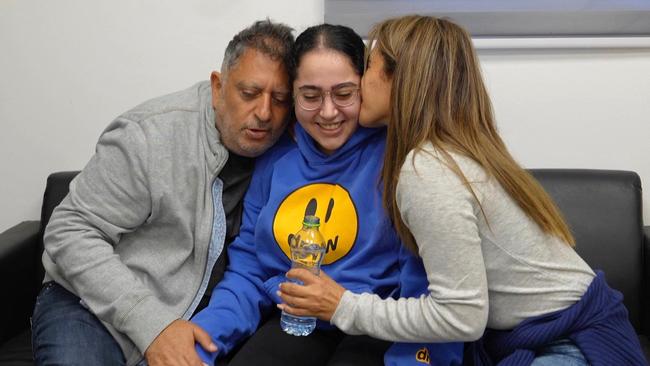
Hamas on Saturday released four more Israeli hostages under the Gaza ceasefire deal, raising hopes for other captives as the fragile agreement approaches its second week.
The militant group set free Karina Ariev, Daniella Gilboa, Naama Levy and Liri Albag, all female soldiers either 19 or 20 years old, who were taken from a military base near Gaza on October 7, 2023, when Hamas launched attacks that sparked the conflict in the Gaza Strip.
The hostages were handed over to the International Committee of the Red Cross in a square in Gaza City, before meeting Israeli forces who transported the women into Israel.
At the square in Gaza, the hostages first walked onto a makeshift stage and, alongside Palestinian fighters, waved to journalists and hundreds of Palestinian civilians who had gathered for the Hamas-managed event.
Our earlier report from Jacquelin Magnay and AFP as the release and swap took place is here.
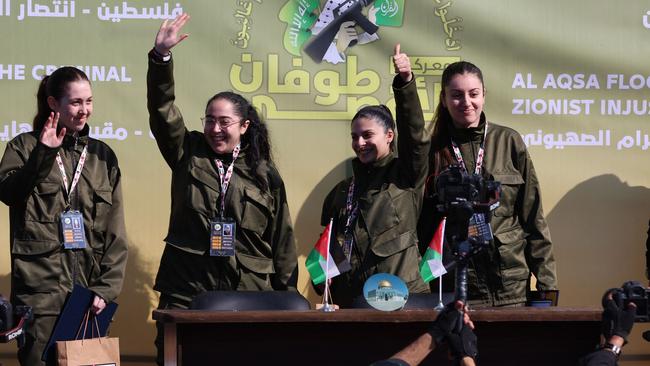
A crowd that had gathered in a square in Tel Aviv simultaneously watched the release, smiling as the four women entered Red Cross vehicles.
“Fifteen months we haven’t stopped crying, but now it’s from happiness,” an aunt of Albag told Israeli television, moments after seeing the first images of her niece in Gaza City.
The four hostages released on Saturday appeared on a stage in central Gaza, flanked by Hamas fighters.
The women were transferred to Beilinson Hospital in the central Israeli city of Petah Tikva. Hundreds of Israelis, some waving Israeli flags and singing songs, gathered outside the hospital, where they awaited helicopters carrying the four hostages.
The war has proved to be the deadliest ever round of violence between Israelis and Palestinians. More than 47,000 Palestinians have been killed, according to Palestinian health authorities, who don’t say how many were combatants. The Hamas-led attacks in southern Israel left around 1200 people dead and some 250 taken hostage.
Global attention is focused on whether the multiphase ceasefire deal can eventually lead to a permanent end to the war despite a multitude of challenges.
The exchange of hostages for Palestinian prisoners has been a delicate dance between Israel and Hamas over who is released and when.
The latest swap was no different, raising fresh questions about whether this ceasefire will hold. As part of the deal, Israel was expected to allow Palestinians to move more freely to northern Gaza through an Israeli-controlled corridor this weekend.
But Israel said on Saturday it would deny movement after Israeli officials said Hamas had failed to deliver a civilian hostage, Arbel Yehoud, as part of Saturday’s exchange.
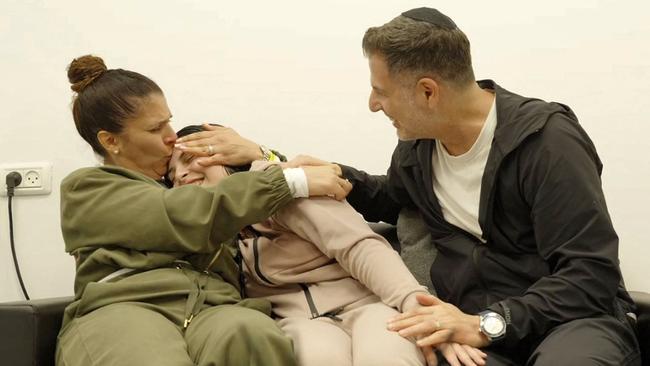
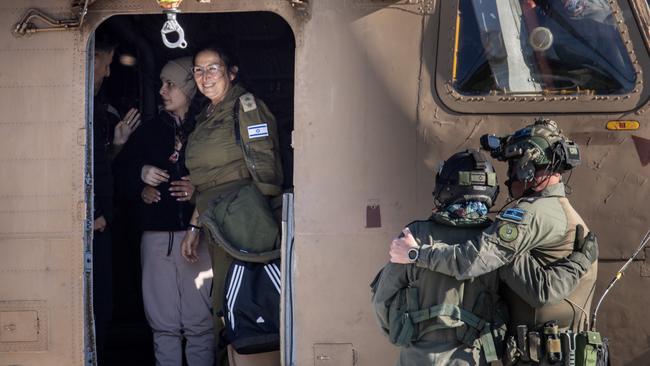
The multiphase deal’s protocols call for female hostages – civilians and soldiers – to be released first, followed by elderly and wounded men and then the bodies of the dead. But the two sides negotiated the first phase under the expectation that Hamas would first release female civilians and then female soldiers.
That meant Israel had expected Yehoud, 29, to be among those freed this weekend. Israel said on Saturday it would only allow movement through the strip when Yehoud is freed.
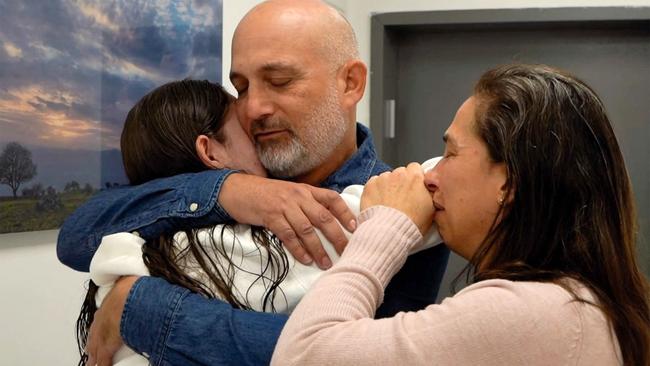
Which hostages are released and when is hugely sensitive in Israel, where some families of captives are unsure whether their loved ones are alive or dead. Another exchange is scheduled for next weekend when the ceasefire deal dictates that three more hostages are to be released. Arab mediators said Yehoud is alive and would be freed next Saturday.
Despite the complication over Yehoud, the government of Israeli Prime Minister Benjamin Netanyahu had moved ahead with Saturday’s exchange.
Polling shows that a large majority of the Israeli public supports the deal. Netanyahu also faces pressure from the families of hostages, who have taken to the streets for the past 15 months, to see through the first phase.
Hamas is expected to release 33 hostages in first phase of the ceasefire, including some dead bodies.
Hamas will release 14 hostages during the last week of the first phase.
On day 16 both sides are expected to start negotiating permanent end to fighting.
Every week Palestinian prisoners will be released in exchange based on the type of hostages (women, elderly, soldiers) released by Hamas. If all goes to plan, Israel will release more than 1700 Palestinian prisoners in total.
“The Israeli public for the most part is behind finishing the deal,” said Mitchell Barak, a political analyst at Jerusalem-based Keevoon Global Research.
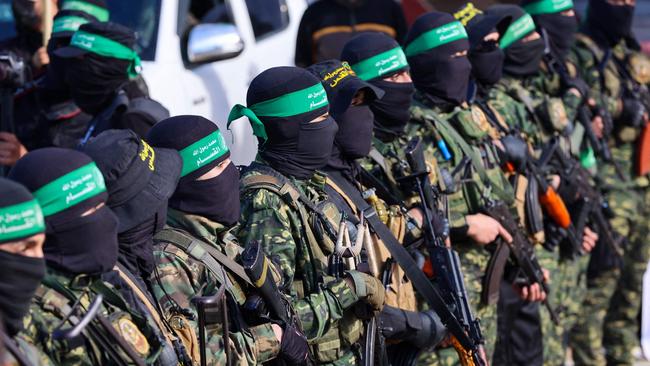
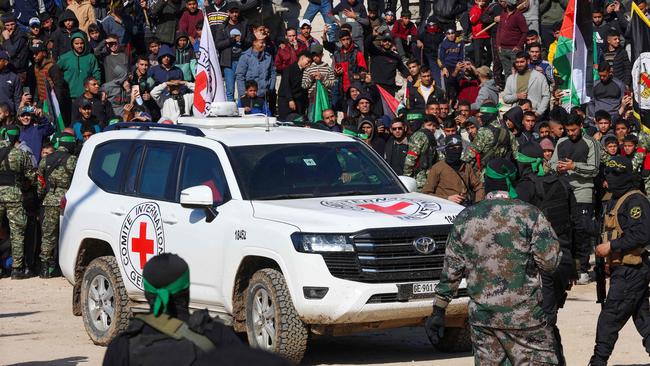
The ceasefire deal began last Sunday and the initial stage is expected to involve weekly hostage releases, with a total of 33 hostages to be handed over across 42 days until early March in exchange for hundreds of Palestinian prisoners. The US, Qatar and Egypt, the countries that negotiated the truce, are monitoring its implementation. Seven hostages have been released so far, all of them women, including the four on Saturday.
As part of the agreement, Israel will also free Palestinian prisoners each week. On Saturday Israeli authorities released 200 prisoners, including some serving life sentences, of which 70 were handed over to Egypt. The Palestinian prisoners being sent to Egypt will have the choice to stay or move to another country, mediators said.
Israel and Hamas have said that on day 16 they will start negotiating toward a permanent end to the war and the release of all remaining living hostages in phase two of the deal.
US President Donald Trump has thrown his full backing behind the ceasefire, but also left open the option of supporting Netanyahu should he decide to resume fighting against Hamas in the second phase.
Even getting to phase two will be difficult. Some far-right members of Netanyahu’s coalition have threatened to quit the government if Israel implements the second stage and doesn’t return to the fighting.
Even small details such as the sequence of releases risk derailing the ceasefire.
The last truce between the two sides in November 2023 collapsed partly over that issue, as Israel refused to continue the truce when Hamas offered to turn over male civilians and dead bodies before releasing female civilians Israel believed were still alive. Some of the elderly men whom Hamas had offered to release later died during the fighting in Gaza.
The first exchange of hostages for prisoners on Sunday proved tense, as Hamas failed to hand over the names of captives to be released, delaying the implementation of the ceasefire by about three hours.
The handover was also chaotic, with Hamas driving the three women to a public square in Gaza where throngs of people surrounded the vehicles. Hamas gunmen then pushed back crowds of young men as the hostages were handed to the Red Cross, which drove them to the Israeli military.
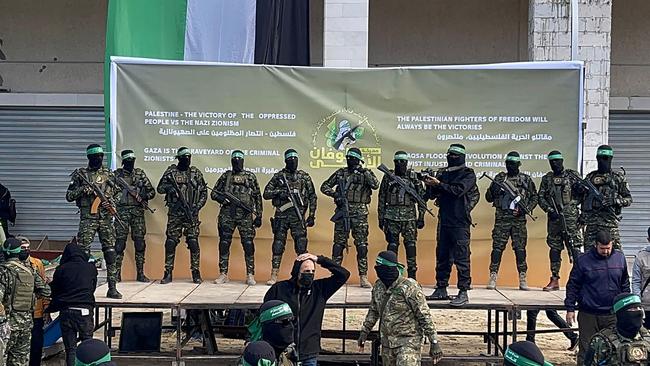
Saturday’s exchange was more stage-managed by Hamas. Before the hostages were handed to the Red Cross, members of the humanitarian organisation were directed to a stage created for the event, where they signed documents on a desk alongside a Hamas fighter. What they were signing was unclear. A banner behind the desk displayed a series of slogans, including “Gaza is the graveyard of the criminal Zionists’’.
The message that Hamas appeared to want to send was that the group remains in charge in Gaza, despite significant military losses at the hands of Israeli forces.
In Israel, hundreds of people streamed into a central Tel Aviv plaza known as Hostage Square to watch a live feed of the releases. Cheers broke out as initial images of the four women appeared on the screen, followed by a chant of “Now!,” demanding that Israel commit to securing the release of the remaining hostages through the deal with Hamas.
The release of the four soldiers on Saturday means that Yehoud and a fifth female soldier, Agam Berger, will likely remain captives until at least next weekend when another set of hostages is scheduled to be freed.
The list of 33 to be released in the first phase also includes one other female civilian, Shiri Bibas, and her two children, Ariel and Kfir, who were 4 years and 9 months old, respectively, when taken. Hamas said in November that they were killed in an Israeli bombing. The Israeli military said it investigated the Hamas claim but hasn’t confirmed their deaths.
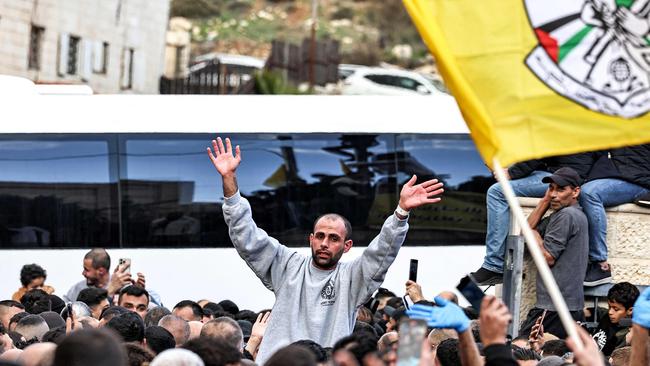
The Israeli military’s chief spokesman, Rear Admiral Daniel Hagari, on Saturday said that Israel is “extremely concerned” about the three hostages’ welfare, in one of Israel’s most telling public statements on their condition.
Based on the footage released of the hostages so far, they appear in stable condition, said Eytan Wirtheim, director general of Beilinson and Hasharon Hospitals.
He said that it appeared the young women had done some physical activity such as walking during captivity because otherwise it would have been difficult for them to stand up. “If we see them standing on foot, walking, it’s quite a lot. It means a lot,” Wirtheim said.
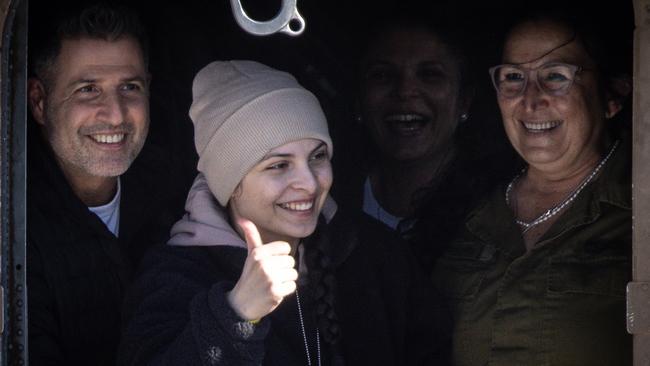
The hostages looked pale, which could have been due to a lack of sunlight or vitamins, he said. But, he added, “it looks as if they were getting food.”
The rest of the named hostages to be released in the first phase are men. In total, 87 hostages taken in the Oct. 7 attacks remain in Gaza, most of them Israeli. They include more than 30 who Israel has concluded are no longer alive, though Israeli and US officials privately believe the number of dead is much higher. Three additional hostages, taken before the Hamas-led attacks, bring the total to 90.
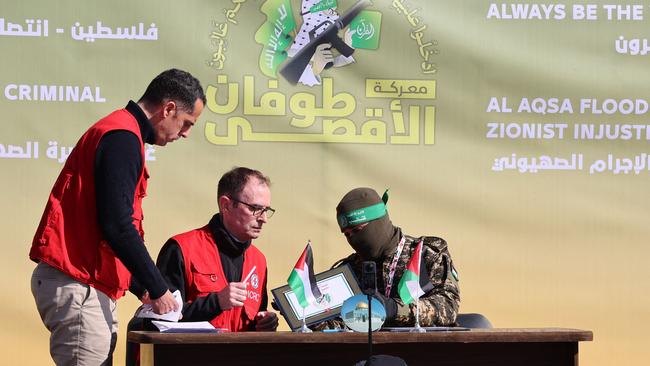
Israel expects to receive an update from Hamas by the end of day regarding the status of the remaining 26 hostages set to be released over the next five weeks, said an Israeli official.
Although Israel has its own intelligence on the matter, this would be the first time Hamas had confirmed to Israel which of the hostages set to be released are still alive, the official said. The list is perceived as a gesture of commitment to the deal, trust in which has been frayed in Israel by changes to the expected release order and the manner in which Hamas has conducted the releases.
Barak, the Israeli analyst, said the end of the first phase is still a long way off. But all sides would likely muddle through the first phase of the ceasefire because “Trump wants it,” he said. “That will keep the deal going,” he added.
Saleh al-Batati and Suha Ma’ayeh contributed to this article.
The Wall Street Journal


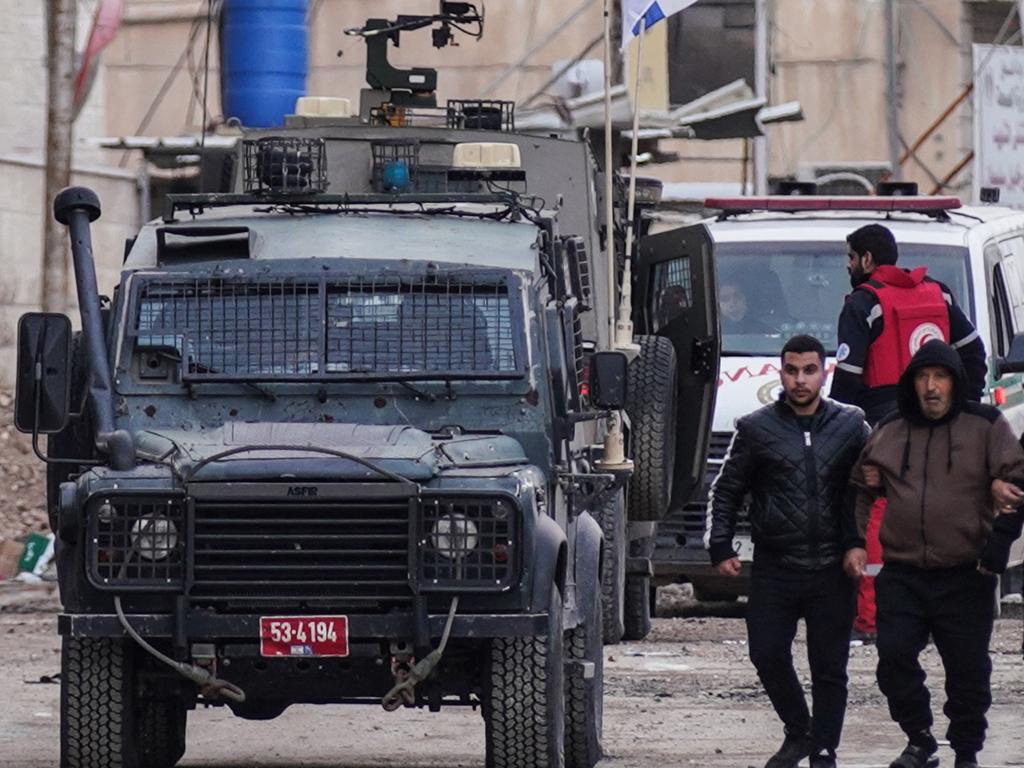
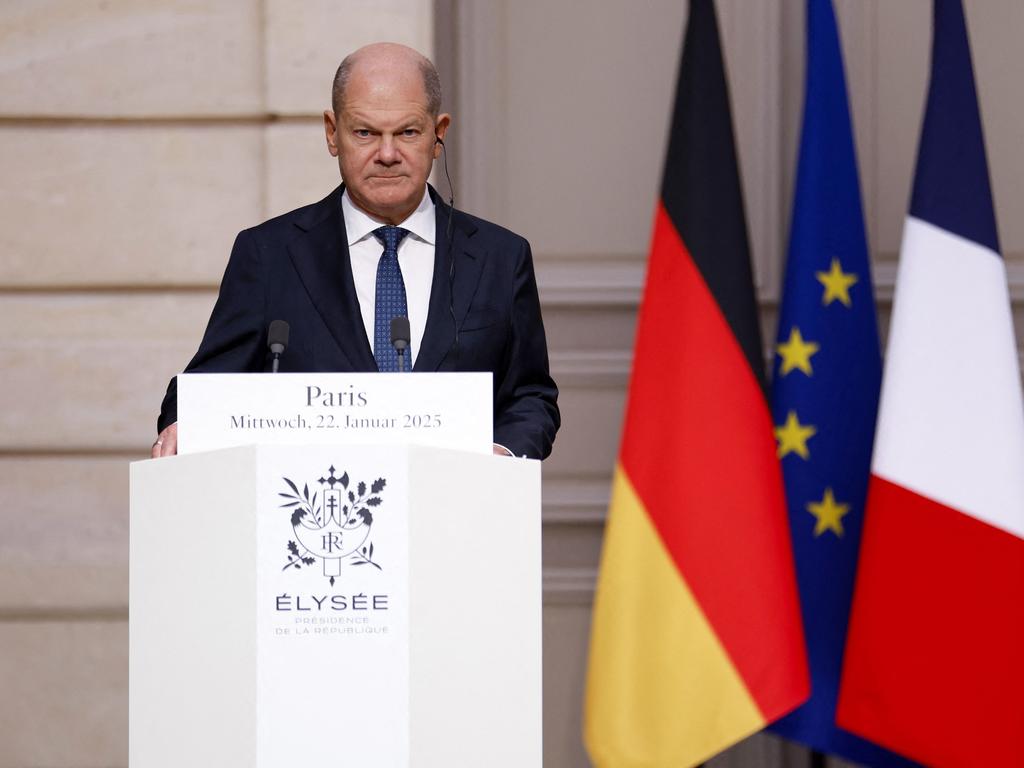



To join the conversation, please log in. Don't have an account? Register
Join the conversation, you are commenting as Logout